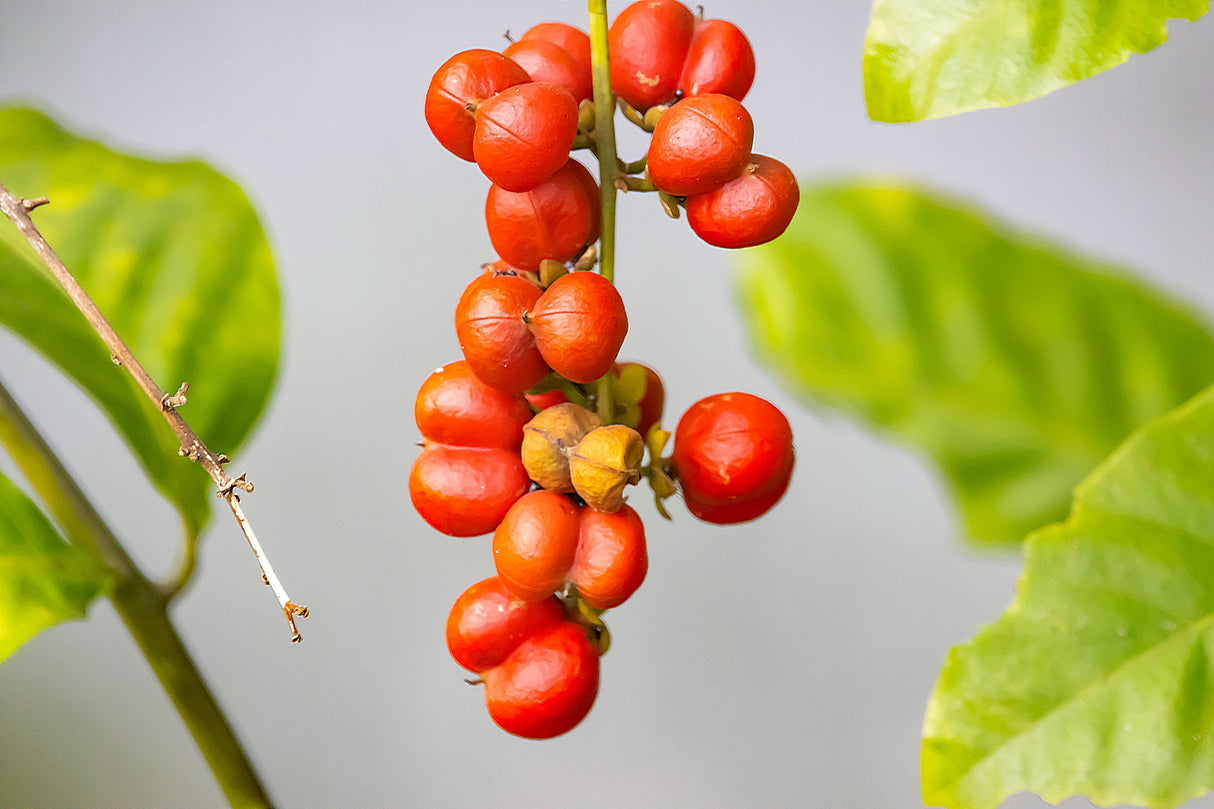Harpullia pendula
The Harpullia pendula, commonly known as Tulipwood, is a graceful Australian native tree prized for its attractive glossy green foliage and seasonal clusters of orange-yellow fruit capsules. These capsules open to reveal striking black seeds, adding ornamental interest and attracting birds. Growing up to 8–15 meters tall with a spreading canopy, this evergreen tree is ideal for providing shade, screening, or as a feature tree in subtropical and urban landscapes.
Low-maintenance and adaptable, Tulipwood is a great choice for home gardens, streetscapes, and parks.
Specifications:
- Height: 8–15 meters
- Width: 4–6 meters
- Native to: Australia (eastern rainforests)
- Foliage: Glossy green, compound leaves; evergreen
- Growth rate: Moderate
Conditions:
- Soil: Prefers well-drained, fertile soils; tolerates sandy, loamy, and clay types
- Light: Full sun to partial shade
- Water: Low to moderate; drought-tolerant once established
- Climate: Thrives in tropical, subtropical, and temperate regions
Additional Features:
- Flowers: Small, inconspicuous greenish-yellow blooms in spring
- Fruit: Bright orange-yellow capsules with black seeds; attracts birds
- Form: Upright growth with a dense, rounded canopy
- Uses: Ideal for shade, street planting, screening, or as a feature tree
- Spacing: Plant 4–6 meters apart for screens or individual displays
- Low Maintenance: Requires minimal pruning; remove deadwood as needed
- Pest Resistance: Generally pest-free and hardy
- Wildlife Attraction: Fruit attracts birds and adds biodiversity to gardens
- Erosion Control: Effective for stabilizing soils in degraded areas
- Seasonal Appeal: Evergreen foliage provides year-round greenery; fruits add ornamental interest
- Versatility: Complements native, contemporary, and formal garden styles
The Tulipwood is a resilient and elegant tree, perfect for enhancing landscapes with shade, structure, and ecological value.
The Benefits Of Buying An Advanced Tree
The Process Of Transplanting A Mature Tree
Identify the Tree's Root Zone
Identify the Tree's Root Zone
Before you begin, it's essential to identify the root zone or root ball of the tree. This is the area where the majority of the tree's feeder roots are located. It is typically estimated as 1 foot of root ball diameter for each inch of tree trunk diameter.
Prune the Roots
Prune the Roots
Root pruning should occur a few months before the actual move, ideally in the dormant season. This involves cutting a trench around the root zone to encourage the growth of new feeder roots, which will help the tree to establish itself in its new location.
Prepare the Tree
Prepare the Tree
Prior to digging, prune dead or excessive branches from the tree. This reduces the tree's overall mass, making it easier to handle, and decreases water loss post-transplant.
Dig Around the Root Ball
Dig Around the Root Ball
After determining the root ball's size, begin digging around it. Try to retain as much soil around the roots as possible. The depth should ideally get under the root system but be feasible for lifting.
Undercut the Root Ball
Undercut the Root Ball
Once you've dug around the periphery of the root ball, begin undercutting to sever the remaining roots beneath it.
Lift the Tree
Lift the Tree
With the root ball freed, carefully lift the tree out of the hole. For large trees, this will likely require machinery like a tree spade or crane. Always lift the tree by the root ball, not the trunk.
Prepare the Tree for Transport
Prepare the Tree for Transport
Once the tree is out of the ground, it's critical to protect the root ball to prevent damage. Wrap it in burlap and secure it with twine, wire or steel basket. This not only holds the root ball together but also helps retain moisture.
Water the Root Ball
Water the Root Ball
Prior to transportation, water the root ball thoroughly to ensure the roots stay moist.
Transporting the Tree
Transporting the Tree
Load the tree carefully onto a truck or trailer for transport. The tree should be securely positioned to avoid damage during transit. The tree should ideally be planted in its new location as soon as possible to minimize stress and increase its chance of survival.


